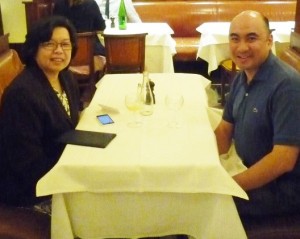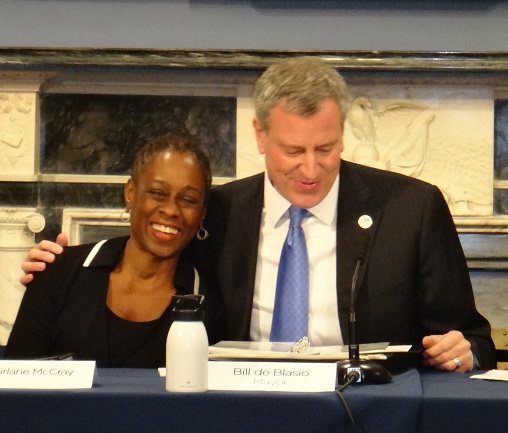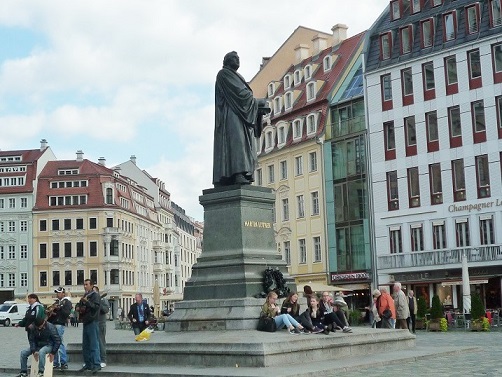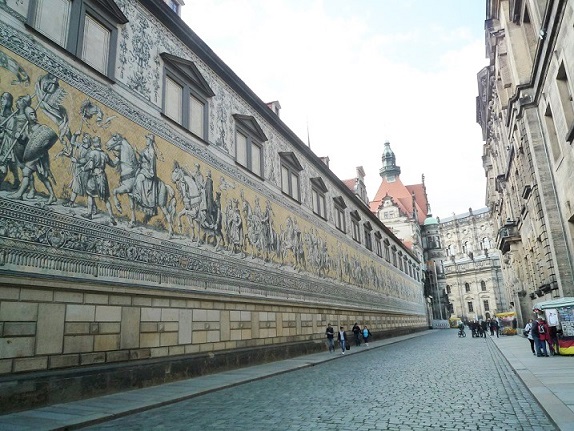From the wounds of war emerges alluring Dresden
By Wendell GaaThis month of May marks the 71st Anniversary of the end of the Second World War in Europe, when Nazi Germany finally surrendered to the Allied nations, ending a six-year continental conflict that inflicted untold death and misery upon millions of people.
While being the instigator of this horrific war, Germany and its citizens had also been victimized by the consequences of this traumatic episode in human history, notably at the hands of Allied aerial bombing of civilian targets, which has been one point of controversy over the moral high ground for the war rules of engagement which the Western Allied forces of the U.S. and Britain generally had over the Nazis throughout World War II. There is perhaps no other city in Germany which has borne the brunt of Allied bombing more than Dresden.
I got to visit Berlin for the second time, and it was through the kind advice and recommendation of my host, Philippine Ambassador to Germany Millie Sta. Maria-Thomeczek that I visit Dresden, which is some three hours southeast by land from Berlin. Ambassador Thomeczek, a close family friend, was assigned as Deputy Consul General in New York from the mid-2000s until 2011. She so kindly dropped me off, along with her driver, at this tour bus rendezvous point in Berlin right near the city’s main railway station, the Hauptbahnhof, where I would join my tour group that would travel down to Dresden.
The three-hour bus ride down to Dresden, which is located in Germany’s Saxony State region, was actually not quite as scenic and mountainous as the areas I had traveled through in Germany’s southern Bavarian region. There were forest trees surrounding some highway routes which we drove through, but our guide informed us that many of these forests were not actually natural and were man-made instead. Further intriguing was learning how nobody, including local citizens, is permitted to wander through these forests, because deep within them are hidden mines, artillery, unexploded grenades and even buried German army uniforms leftover from the Second World War. We were told that the government has continued sending military expeditions and scouts to clear the forest of as much war material remains as possible, for the safety of people living in the region, as well as to prevent them from being looted for personal bounty. It’s interesting to think that this entire Saxony region of Germany we were driving through was once under the control of the East German Communist regime during the Cold War.
I surely wasn’t expecting Dresden to be as architecturally alluring as Berlin and even Munich, and stories of how the city was bombed heavily in World War II and suffered one of the worst firestorms in the history of warfare, and losing several of its historic buildings, were certainly disheartening.

With Philippine Ambassador to Germany Millie Sta. Maria-Tomeczek, who was formerly the Deputy Consul General in New York
However, as our bus entered the city, I was quite pleased to see a number of attractive cathedrals, townhouses, museums and public squares with Renaissance and Baroque-era design. No doubt several of them must have been rebuilt in the years following the devastation of the war.
We disembarked right near the city’s Augustus Bridge which connects the Old Town and New Town of Dresden and crosses the city’s Elbe River. I never could have thought that this simplistic bridge made out of stone dates all the way back to the 13th century, thereby making it the oldest stone bridge north of the Alps mountain range in Europe. Staring at the River, one would assume that it flows relatively smoothly year-round, but as our guide revealed, it isn’t always the case, as there have been rainstorms in the past which have caused this river to occasionally overflow and cause flooding in areas around the city. Lucky for us the skies were blue that day, with only partial clouding.
We then began walking through the city’s New Market Square, and I listened in fascination to our guide as she narrated to us how despite the Allied bombing of Dresden in February 1945, a few historic monuments lay relatively intact, including the very attractive “Fürstenzug,” which is a long high wall corridor mural gallery of paintings of the 94 German Saxon royals from the past in their processional order of reign, including Conrad the Great (1127), King George (1904), with only the last Saxon King Frederick Augustus III missing.
The market shops and streets of this city were appealing enough, but the real pull of the city for me is Dresden’s beautiful and commanding Frauenkirche (Church of Our Lady). The Frauenkirche is the city’s iconic attraction, and is one of Europe’s most striking Lutheran churches. The church was constructed between 1726 to 1734 and is regarded as the most significant protestant Baroque-style church in all of Germany. The church’s titanic sandstone dome is the largest of its kind north of the Alps. Our guide further recounted how during the Allied bombing, flying sparks from the firestorm engulfing the city set fire to the interior of the church, causing the building to burn from within. After two days, the church collapsed entirely on February 15, 1945.
Around the church we saw on exhibit old photos of how the Frauenkirche appeared before and after the bombing. In the post-war years, the East German Communist government refused to rebuild it and left it in its battered state as a warning to its citizens of the price of future wars. It wasn’t until 1991, a year after German unification, when the Synod of the Lutheran Church of the State of Saxony voted to rebuild the Frauenkirche, which was finally sanctified on October 31, 2005.
There is no doubt in my mind that the Allied bombing of Nazi Germany was absolutely necessary to end the existential threat which Hitler posed to the world. Nonetheless, I am glad that the city of Dresden has in many ways represented how the Germans have rebounded morally, politically and economically since the end of World War II.













